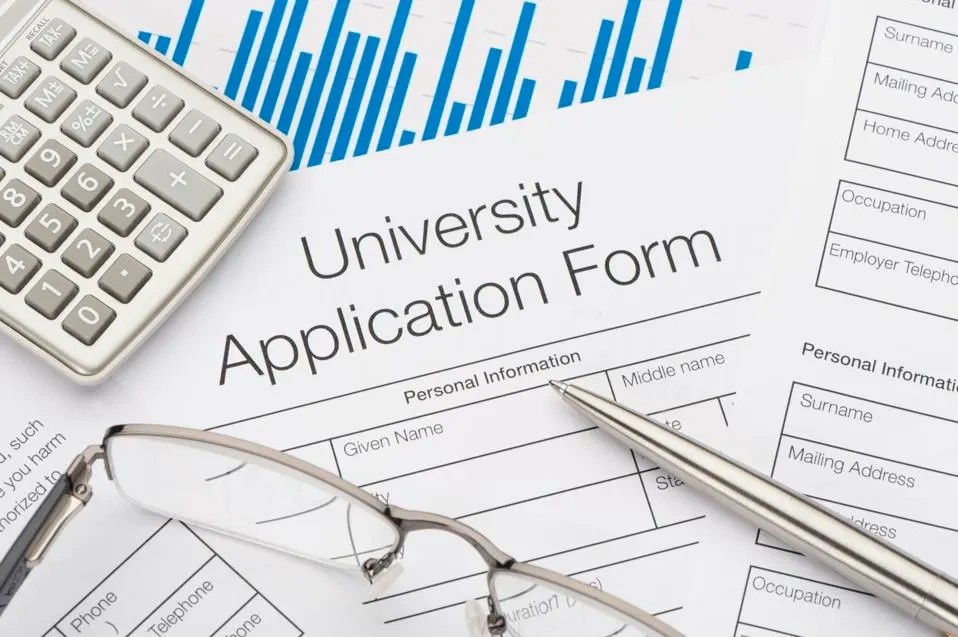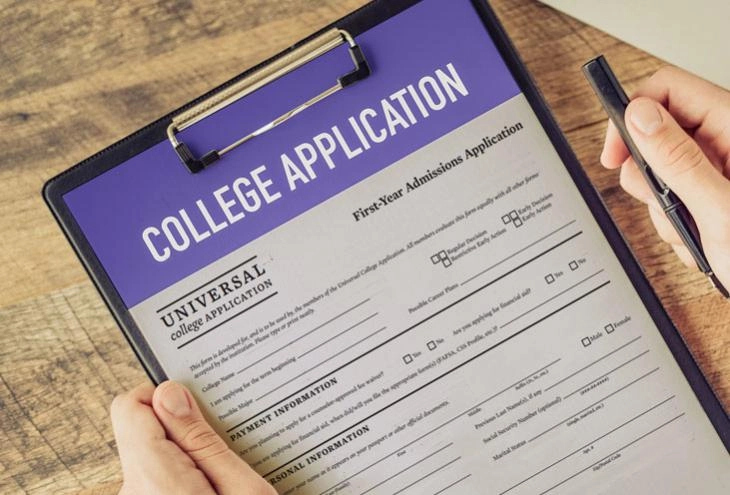A college application checklist is a step-by-step guide that helps students track documents, deadlines, and requirements so nothing is missed during the admissions process.
At CollegeCommit, we guide families through the high-stakes college admissions process with focus and care. Our team of former admissions officers, Ivy League graduates, and senior mentors has 20+ years of combined experience. We don’t just advise – we engineer your child’s admissions edge.
Table of Contents
ToggleKey Takeaways
- A college application checklist helps students track transcripts, tests, essays, recommendations, and financial aid.
- Families can use spreadsheets or Google Sheets templates to stay organized across many colleges.
- A month-by-month plan keeps senior year tasks like essays and deadlines manageable.
- Highlighting Early Action, Early Decision, and Regular Decision deadlines prevents missed submissions.
- Families often make mistakes by asking for recommendations late or underestimating essay work.
Why a College Application Checklist Matters
A checklist gives families structure during the application season. It keeps deadlines in one place and ensures no task is forgotten. Students feel less pressure when every step is mapped out.
For parents and students, this approach makes communication easier. Progress can be tracked week by week, giving everyone peace of mind as applications move forward.
College Application Requirements
The first step in any college application process checklist is to know what admissions offices expect. Missing even one document can hurt the student’s chances.
What information do you need for college applications?
Most students need transcripts, test scores if submitted, letters of recommendation, a college essay, and financial aid forms. Many colleges are test-optional, but scores may still help. Some schools also ask for supplements, honors, or activity records.

Checklist Templates and Tools
Families can stay organized with a college application checklist spreadsheet or a [Google Sheets college application checklist template ]. A printable version also works well when paired with folders for documents.
At CollegeCommit, we set up tools that match each student’s college list and deadlines. This keeps the process simple and easy to track.
Sample College Application Checklist Template
Application Checklist
College Application Timeline Checklist
A timeline spreads tasks across junior year and senior year. This keeps work balanced and avoids last-minute stress.
Freshman Year (9th Grade)
-
Focus on building strong study habits and consistent grades.
-
Explore different subjects and activities to find genuine interests.
-
Meet your counselor to understand graduation and college requirements.
-
Begin light community involvement or volunteering.
-
Start keeping a record of activities and awards (this will help with applications later).
Sophomore Year (10th Grade)
-
Take challenging courses and maintain solid grades.
-
Join or lead school clubs, sports, or projects that align with interests.
-
Take the PSAT 10 or a practice SAT/ACT.
-
Begin early career and major exploration.
-
Continue tracking achievements and experiences.
Junior Year (11th Grade)
-
Meet with a counselor to plan college testing and goals.
-
Take SAT/ACT exams and AP/IB courses.
-
Visit colleges and attend info sessions.
-
Build your college list (reach, target, safety schools).
-
Begin drafting your personal statement over the summer.
Senior Year (12th Grade)
-
Finalize essays and submit the Common App (Common Application) or Coalition App.
-
Request recommendation letters early.
-
Apply for financial aid (FAFSA, CSS Profile).
-
Track deadlines for Early Decision, Early Action, and Regular Decision.
-
Compare offers and make your final decision.
Highlighting Key Deadlines
Families should mark deadlines in one master calendar. Color coding or bold dates makes it easy to tell Early Decision, Early Action, and Regular Decision apart.
Month-by-Month Senior Year Timeline
- August–September: Finalize essays, request recommendations, and update the Common App.
- October–November: Submit Early Decision or Early Action applications and polish supplements.
- December–January: Send Regular Decision applications and financial aid forms.
- February–March: Track results, prepare for interviews, and send mid-year grades.
- April–May: Review offers and make a final choice.
This timeline helps break down the senior year into smaller, easier steps.
Building a College Application List
A college application list should include reach, match, and safety schools. Too many schools spread effort thin, while too few limit choices.
Factors to consider
-
- Academic fit: GPA and test scores compared to averages.
-
- Financial fit: Aid and scholarship options.
-
- Personal fit: Size, culture, and what colleges look at besides grades.
At CollegeCommit, we help families build a list that supports both goals and potential.
Admissions Insights
Frameworks like the 5 P’s of college admissions or the 5 D’s of college apps explain how schools evaluate candidates. They highlight traits such as preparation, persistence, and performance.
What is the #1 hardest college to get into?
Harvard University is the hardest college to get into, with an acceptance rate near 3%. Stanford, MIT, Princeton, and Yale are close behind. Still, families should focus on building strong, authentic applications instead of rankings.
We coach students to connect essays, recommendations, and strategy into one strong story. We also show how to stand out in college applications and use test-optional policies wisely.
Common Mistakes Families Make
Many students delay asking for letters of recommendation, which puts teachers under pressure. Some families also miss financial aid deadlines or overlook fee waivers.
Another common mistake is underestimating the time needed to write and revise the college essay. Planning prevents these errors.
Staying Organized
Families should use calendars or digital planners to track school deadlines. Students should check progress weekly to confirm tasks are complete.
At CollegeCommit, we review application files for accuracy. Students write their own essays, but we provide coaching, outlines, and detailed feedback.
Final Steps Before Sending Applications
Before submission, confirm that all documents are in – transcripts, letters, and test scores if included. Families should save copies of everything for records.
Many colleges, including selective ones, also request mid-year grades. Sending updates on time avoids delays.

Summary of Key Topics
This guide covers all parts of a college application checklist: requirements, tools, templates, timelines, admissions insights, and organization tips. Families can use these steps to manage the college application process with structure and confidence.
Experience You Can Trust
CollegeCommit’s advisors include former Ivy League admission officers, Ivy League graduates, and elite mentors with over 20 years of dedicated experience in highly selective admissions. They know what top-tier universities look for – and how to build winning strategies.
This expertise gives parents confidence. They know every step is backed by real knowledge of elite admissions processes.
Ready to turn uncertainty into opportunity?
Join our upcoming cohort at CollegeCommit: Where Preparation Becomes Placement.


